Battery Configuration Strategy in Household Energy Storage System
Household energy storage system by storing solar energy or grid power, families are provided with renewable energy power supply and energy storage functions. Among them, battery, as the core component of energy storage system, plays a vital role in household energy storage system. This article will discuss the configuration strategy of batteries in household energy storage systems to help readers better understand how to select and configure batteries to achieve the best performance and benefits.
-
Battery Type selection
in household energy storage systems, common battery types include lithium-ion batteries, lead-acid batteries, sodium-sulfur batteries, etc. Different types of batteries have their own characteristics and applicable scenarios. Lithium ion battery has the characteristics of high energy density, long cycle life and fast charge and discharge, which is suitable for home application; Lead-acid battery has low cost and is suitable for relatively simple energy storage system; Sodium sulfur battery has high temperature working ability, suitable for applications in high temperature environments. Therefore, the appropriate battery type can be considered according to the actual needs and budget of the family. -
Battery capacity matching
in the household energy storage system, the capacity matching of the battery needs to be reasonably designed according to the household electricity demand and the power supply situation of solar energy or power grid. First of all, we need to know the daily and peak power consumption of the family to determine the required battery capacity. At the same time, factors such as household solar power generation, power supply situation of power grid and charging and discharging efficiency need to be considered to ensure that the battery capacity can meet the actual needs of the family and provide stable power supply. -
Balance charge and discharge management
the battery configuration in the household energy storage system also needs to consider the charge and discharge management strategy. Through reasonable charge and discharge management, the service life of the battery can be prolonged and the efficiency and stability of the system can be improved. For example, an intelligent charge-discharge control system can be used to optimize the charge-discharge scheduling according to the household electricity usage and battery status, so as to avoid overcharge and overdischarge and improve the cycle life of the battery. -
Multi-battery series or parallel configuration
in the household energy storage system, multiple batteries can be configured in series or parallel to meet the needs of different families. Series connection can increase the voltage of the system, which is suitable for scenarios requiring high voltage output; Parallel connection can increase the current capacity of the system, which is suitable for scenarios requiring high current output. According to the household's electricity demand and the design of energy storage system, appropriate series or parallel configuration mode can be selected. -
Security considerations
in the household energy storage system, the battery configuration also needs to consider safety factors. Select battery products with good safety performance and configure safety protection devices, such as battery management system (BMS), overcharge and overdischarge protection, short circuit protection, etc, to ensure the safety of household electricity and the safe operation of batteries. -
System scalability
considering that the household electricity demand may change with time and lifestyle changes, the battery configuration in the household energy storage system also needs to have certain system scalability so that the system can be upgraded or expanded at any time as needed. Choosing battery products and system designs with good scalability can provide flexible solutions for future changes in household electricity demand.
Through reasonable selection and configuration of batteries in household energy storage system, the goals of more efficient solar energy utilization, stable household power supply and energy saving and emission reduction can be achieved. At the same time, it can also provide families with more intelligent and sustainable energy solutions.
 Dongguan Juneng New Energy Technology Co., Ltd.
Dongguan Juneng New Energy Technology Co., Ltd.
 137 5142 6524(Miss Gao)
137 5142 6524(Miss Gao)
 susiegao@power-ing.com
susiegao@power-ing.com
 Xinghuiyuan High tech Industrial Park, Dalang Town, Dongguan City, Guangdong Province
Xinghuiyuan High tech Industrial Park, Dalang Town, Dongguan City, Guangdong Province


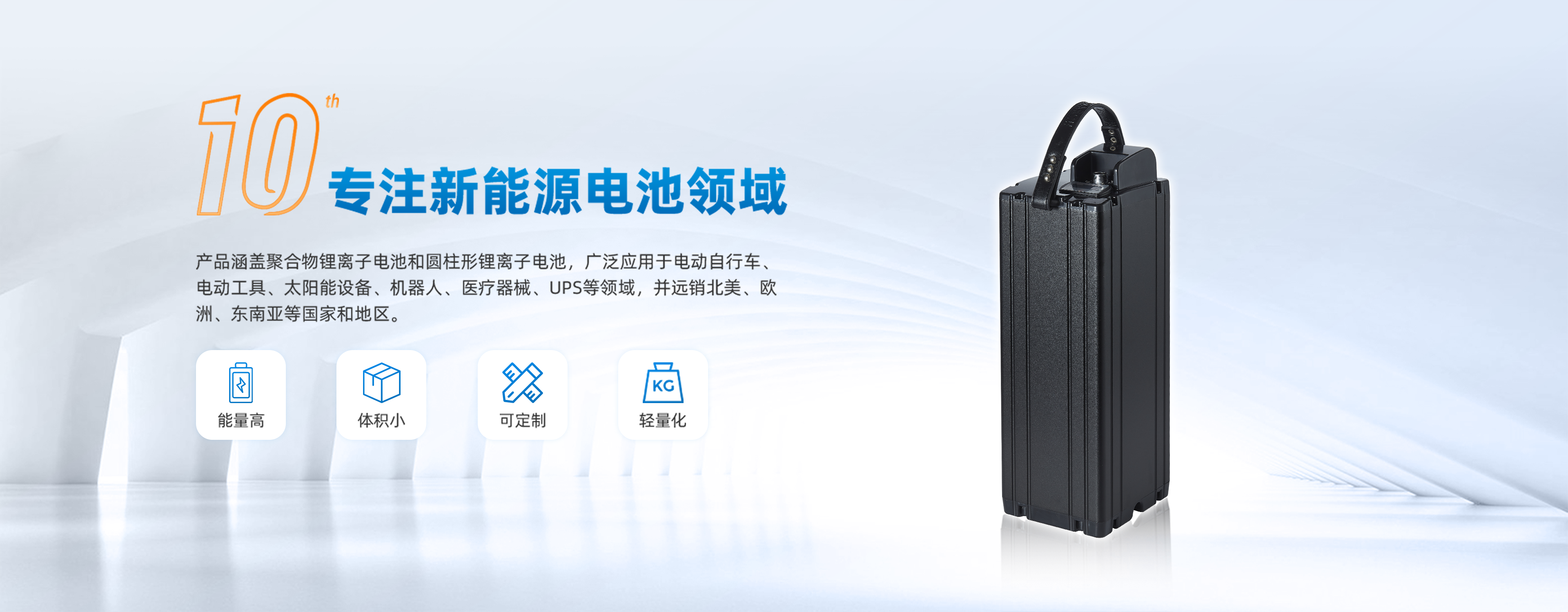
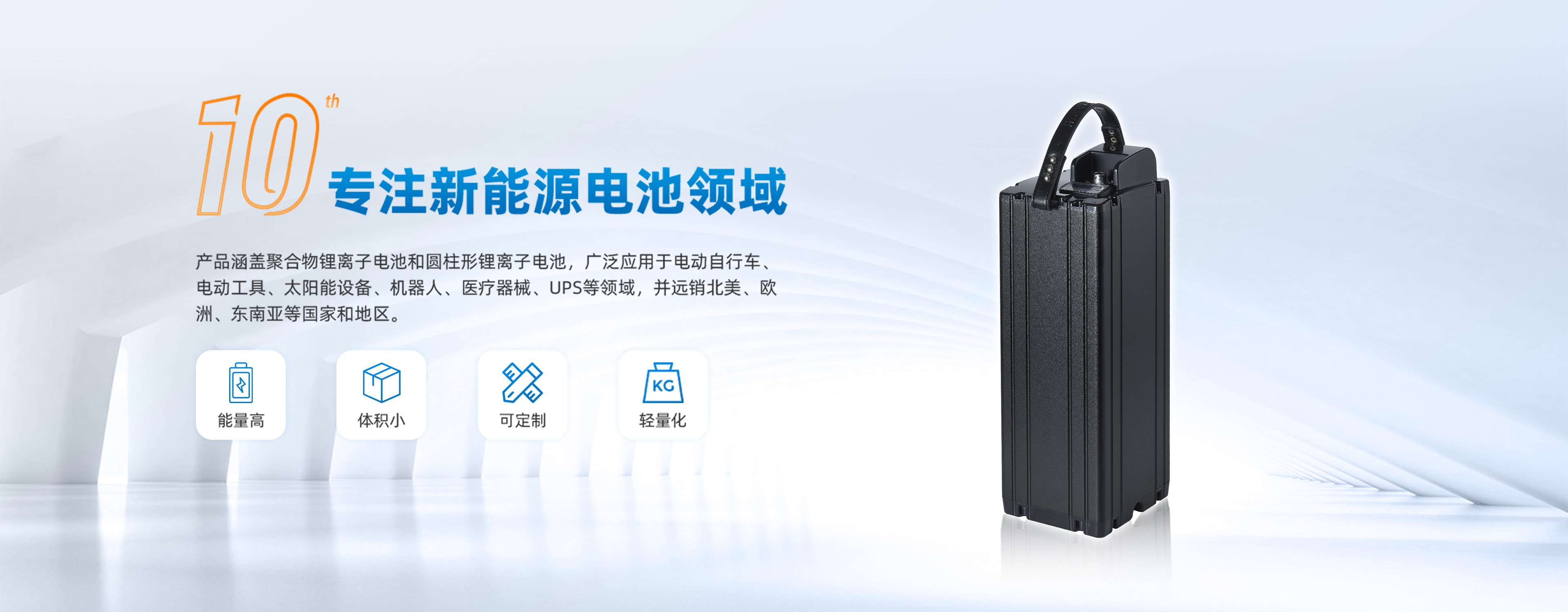
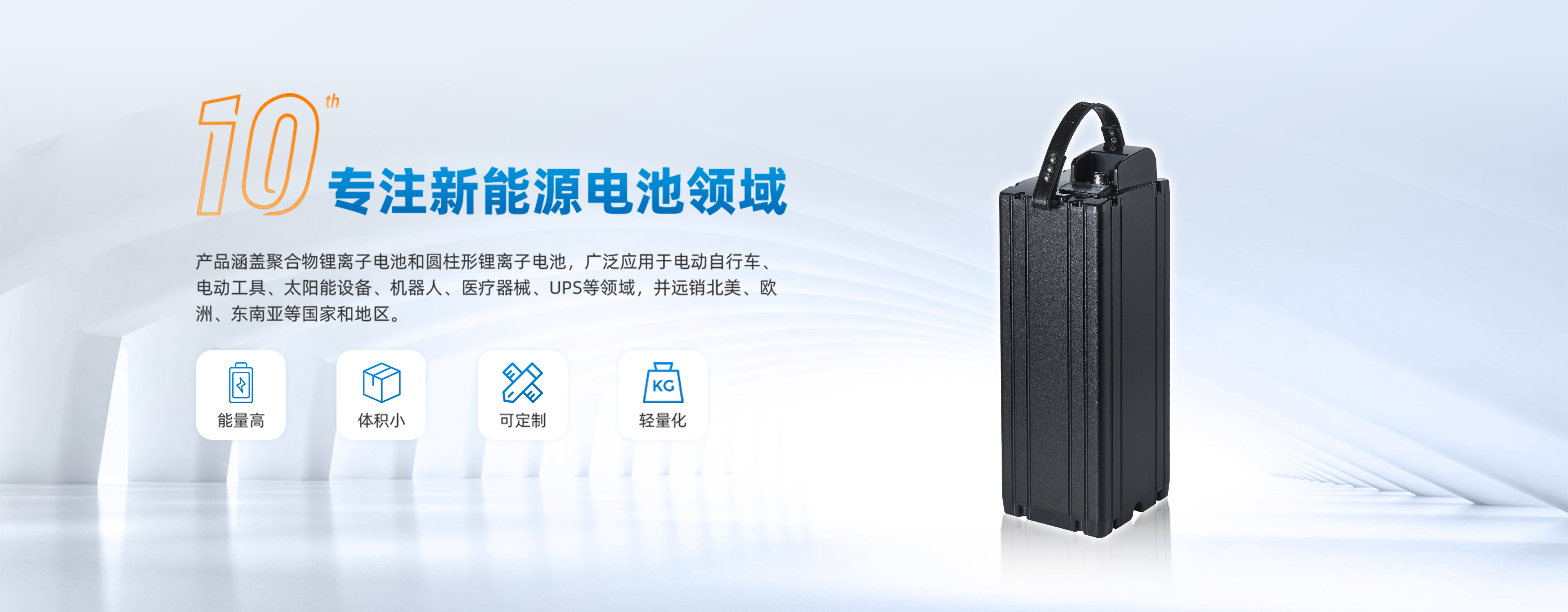



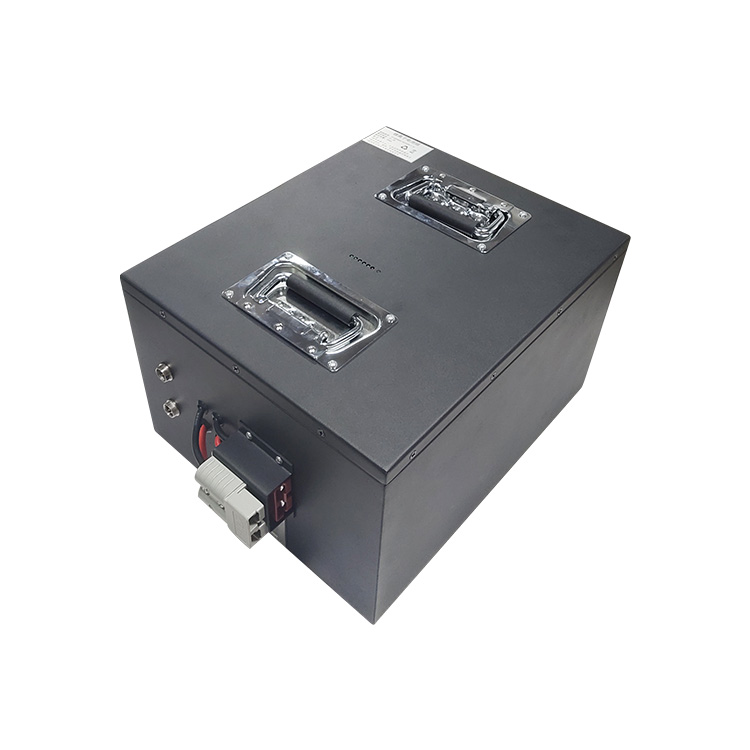


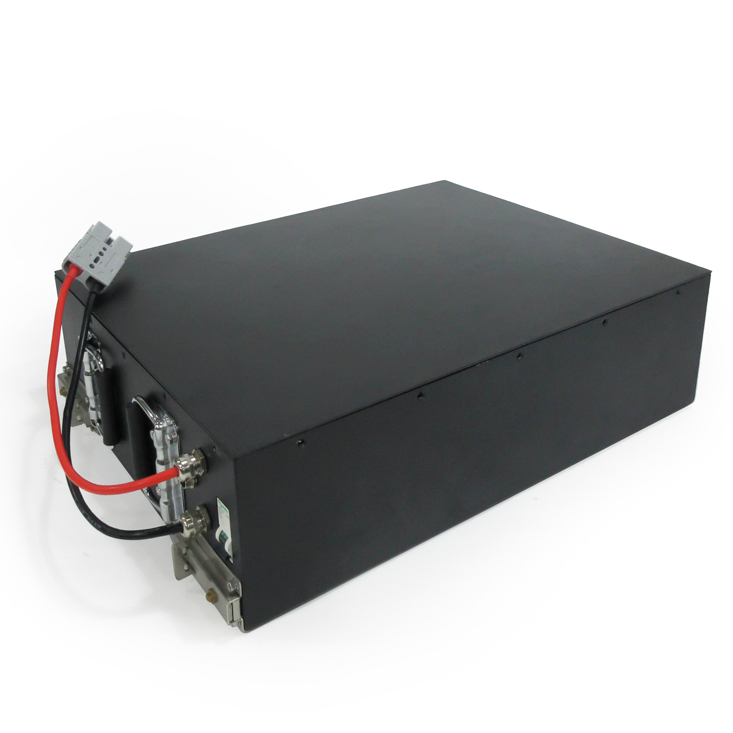

 Yue Gong Wang An Bei No. 4419002007491
Yue Gong Wang An Bei No. 4419002007491